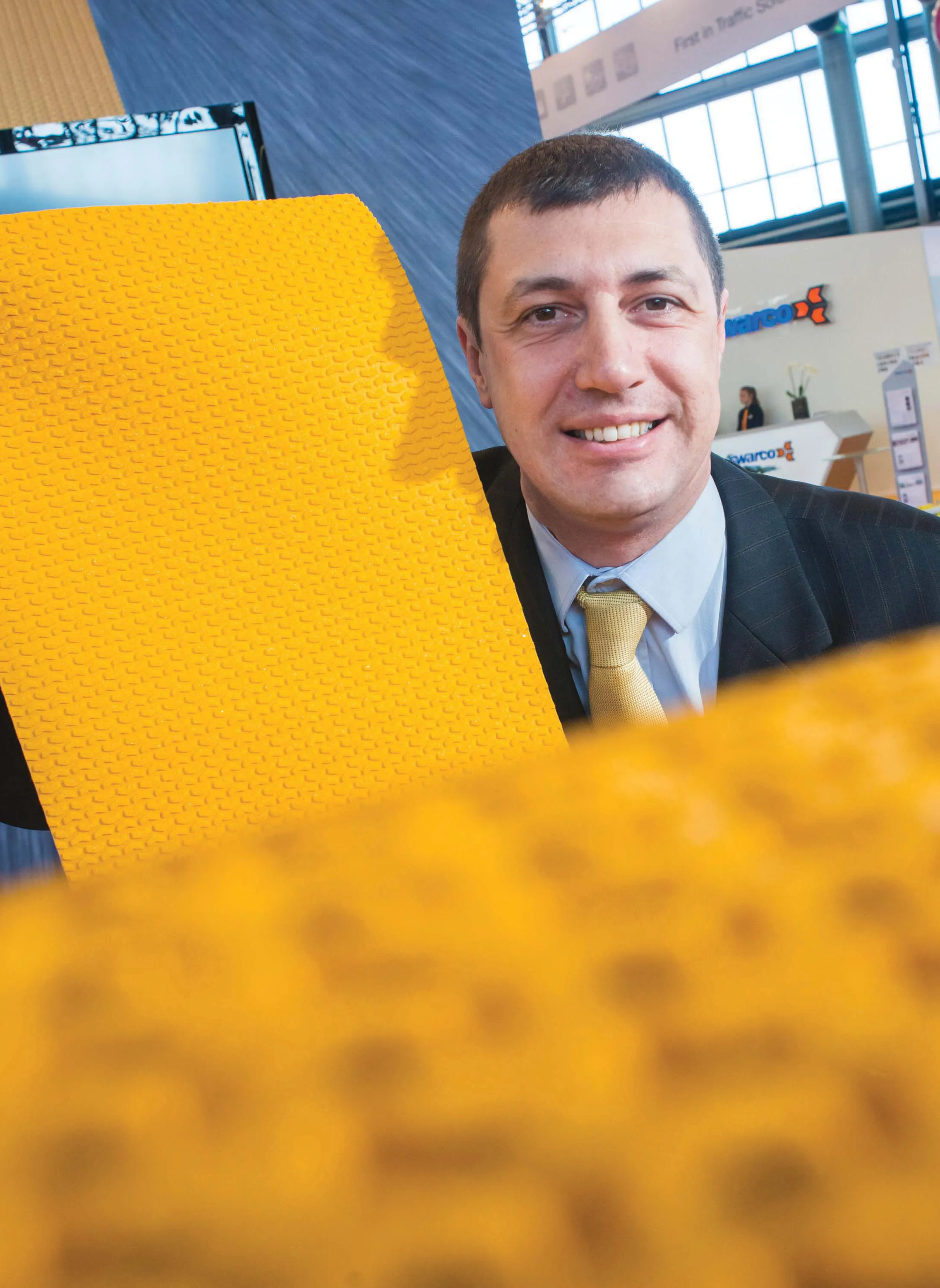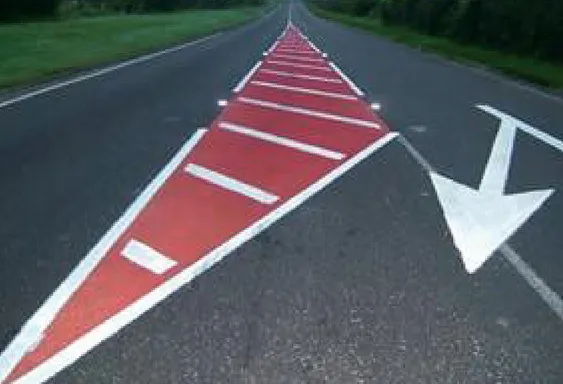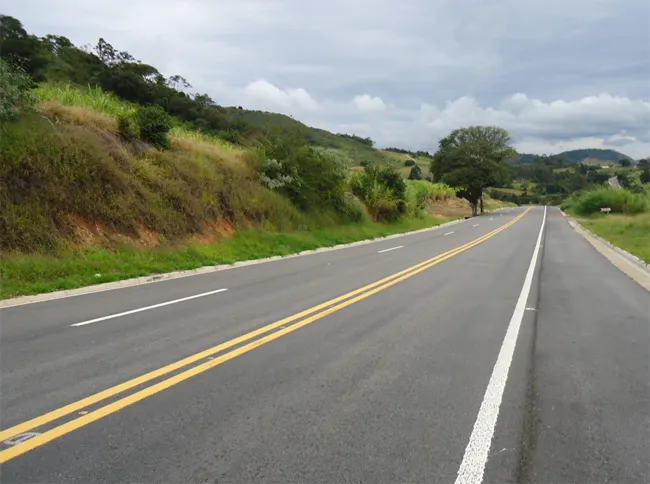Special high quality glass beads provide a vital part of the solution with road markings, particularly in the dark. In the European Union alone, roughly one-third of traffic accidents involving injuries happen at night, although only 20% of all traffic flows after dark.
February 24, 2012
Read time: 4 mins
Special high quality glass beads provide a vital part of the solution with road markings, particularly in the dark
In theGreat strides have been made in improving safety, due in no small part to the important role road markings played by acting as guides for drivers and showing the way in wet, misty and dark conditions.
To achieve the necessary criteria they must satisfy the highest standards, providing durable and safe solutions: when they wear out and are not replaced accidents occur, the guidance
being lost.
Line markings are made from a variety of materials including thermoplastic, paint, cold plastic and permanent and preformed road markings (see below), with retroreflectivity (reflected light from the headlights of vehicles) being of the utmost importance. It indicates the way through darkness, rain, and mist and so improves safety. This is achieved by minute embedded glass beads, which are manufactured by many companies worldwide including
Potters Europe has introduced new products based on its high refractive index glass beads [the refractive index of a medium is a measure for how much the speed of light (or other waves such as sound waves, is reduced inside the medium. For example, typical soda-lime glass has a refractive index of 1.5, which means that in glass, light travels at 1/1.5 = 0.67 times the speed of light in a vacuum].
Ultra 1.9 is a 1.9 refractive index glass bead designed to give optimum dry night visibility.
According to the company, field trials have shown that dry night retroreflectivity readings in excess of 1,000 mcd/lux/m3 can be readily achieved, while its VISIMAX durable glass bead system is designed for optimum retroreflectivity in all weather conditions.
The VISIMAX system uses 1.9 refractive index glass beads surrounding a larger 1.54 refractive index glass bead core. The binder system is colour matched to the line marking, providing enhanced daylight delineation. Further field trials have demonstrated that wet night retroreflectivity results in excess of 220 mcd/lux/m3 can be achieved using the VISIMAX system.
"The function of the large glass bead core is to continue to provide excellent wet and dry night visibility even after the line marking has been subject to heavy wear," says Potters Europe.
Prismo, part of Ennis Paint, which produces traffic paint and thermoplastic, uses its clusterbead technology (powerful reflectors embedded into a coloured surface) to produce its Colourbright reflective coloured surfacing, while Sovitec offers (among other special beads) its ECHOSTAR wide granulometric repartition glass beads, produced with an original glass composition, and said to guarantee security performance levels under all weather conditions from application throughout the entire lifespan of the marking.
The beads are available in different granulometries in order to meet requested performance levels and match with marking products, and are made from type A sodo-lime glass, with a refraction index exceeding 1.54.
Meanwhile, high index plus9beads from Swarco (see also separate story), again from a wide product offering, are shaped to the finest microspheres of nearly 100% roundness, and are said to offer "outstanding performance" for both retroreflective and industrial applications, and have a refractive index of around 1.93.
Swarco says targeted coatings support the surface properties of the transparent, very homogeneous and white powder-like beads.
According to Evonik, in Europe requirements are met by what are known as Type II markings, as used almost universally in Switzerland. These are structured, three-dimensional markings applied to the road in the form of cold plastic.
And, says Evonik, a crucial constituent of this two-component solution is a reactive resin such as its
Cold plastic safety markings are basically of three types: flat markings, profile markings, and structure markings, containing embedded glass beads of diameter up to 1.5mm. Flat markings, applied in thin layers, are used mainly where mechanical stress caused by rolling traffic is low, as on sparsely travelled roads, or for edge markings. Profile and structure markings, both with embedded reflecting glass beads, are applied on the road in thicker layers with thicknesses of up to 3mm.
Glass beads are ideally embedded to a depth of 55-60% of the thickness of the finished road marking.









